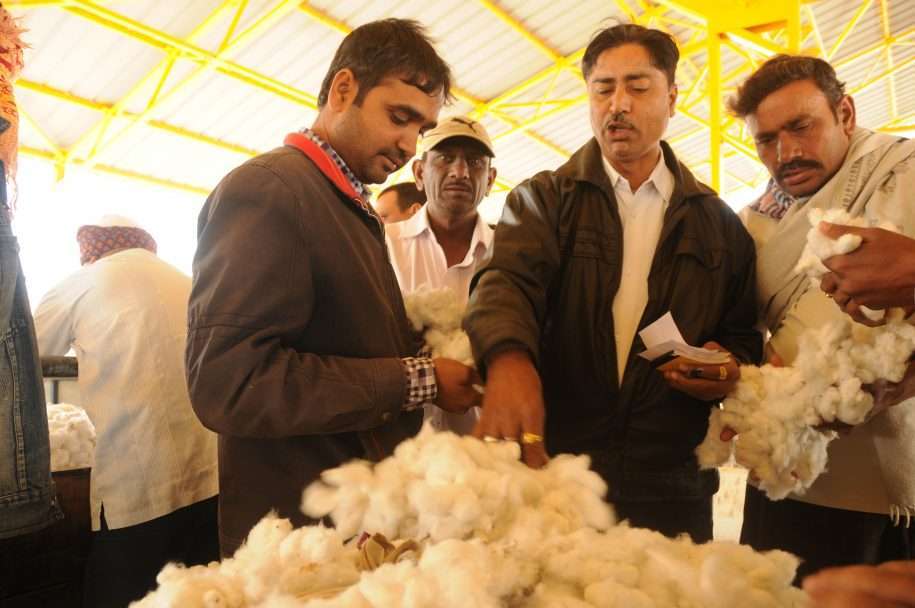Newsletter Article, Issue #18: Avaaj Otalo: Evaluating the Effectiveness of a Mobile-based Extension Service

By Ishani Desai
It is estimated that more than half of the Indian labor force is engaged in agriculture. Given this, India’s productivity in agriculture is still quite low. For example, India is the second largest producer of cotton in the world, after China. Yet, Indian cotton productivity ranks 78th in the world, with yields only one-third as large as those in China. Many factors, such as access to credit and insurance may contribute to differences in productivity; but a key possibility is that farmers lack information about ways to increase their productivity.
Agricultural research institutions in India generate a large amount of practical scientific knowledge; however, little of this information actually reaches farmers because of inefficient or nonexistent agricultural extension systems. The Government of India spent nearly $60 million USD on public agricultural extension programs from 2009 to 2010. Despite this, a nationally representative survey shows that just 5.7 percent of farmers report receiving information about agricultural technologies from public extension agents in India.
With the growing access and availability of mobile technology, the ability to deliver timely and relevant information to farmers through mobile phones is easier than ever before. It is estimated that 36 percent of those working in agriculture have a wireless subscription and could access agricultural information via mobile phone. Mobile technology, then, has the potential to revolutionize the way farmer’s access information and do business.
The Study
The CMF study “Avaaj Otalo: Investigating the Impact of a Mobile-based Extension Service” study seeks to evaluate a mobile-based intervention that provides farmers access to weekly agricultural advice messages as well as to a service where a farmer can ask questions and receive responses from an agricultural expert and access a database that stores responses for a period of two years. Working with the Development Support Centre (DSC) and Awaaz.De, 800 farmer households were randomly assigned toll-free access to AO, of which 400 also received traditional physical extension outreach. The control group for the study is comprised of another 400 households. The 1,200 farmers who are participating in this study are located in the Surendranagar district in Gujarat, own a mobile phone, and grow cotton. In addition, on average, they earn $288 USD a month and have 4 years of education.
With more than half of the treatment farmers calling into Avaaj Otalo in the first seven months, it is evident that there is substantial demand for such agricultural advice services. Results from our phone surveys indicate that farmers offered the service turn less often to other farmers and input dealers for agricultural advice. We also observe an increase in the adoption of more effective pesticides and reduced expenditures on less effective and hazardous pesticides. These early observed changes in behavior and investment decisions seem quite promising.
The Future of AO: Policy Implications
The Avaaj Otalo study demonstrates that informational inefficiencies are real and that there is a considerable demand for high-quality agricultural information. Mobile-based technology platforms present an opportunity to improve the frequency and relevance (seasonal and geographic) of agricultural extension services which in-turn has the potential to dramatically increase on-farm efficiency and improve rural livelihoods. The service is also inexpensive, with a cost estimate of approximately $3.00 (Rs.150) per year per farmer to cover the cost of airtime and labor required to administer the service. Administered independently or coupled with traditional extension services, the innovation has the potential to reach a much larger population of farmers at a fraction of the cost required for traditional extension services. The current evaluation aims to understand the effectiveness of such non-traditional extension services as well as how information is best relayed and then subsequently transmitted or diffused within farmer communities. Also, given that the service is currently free, important next steps will be to gauge the demand price or a farmers ‘willingness-to-pay’ for such a product and the impact of the service on yields.

